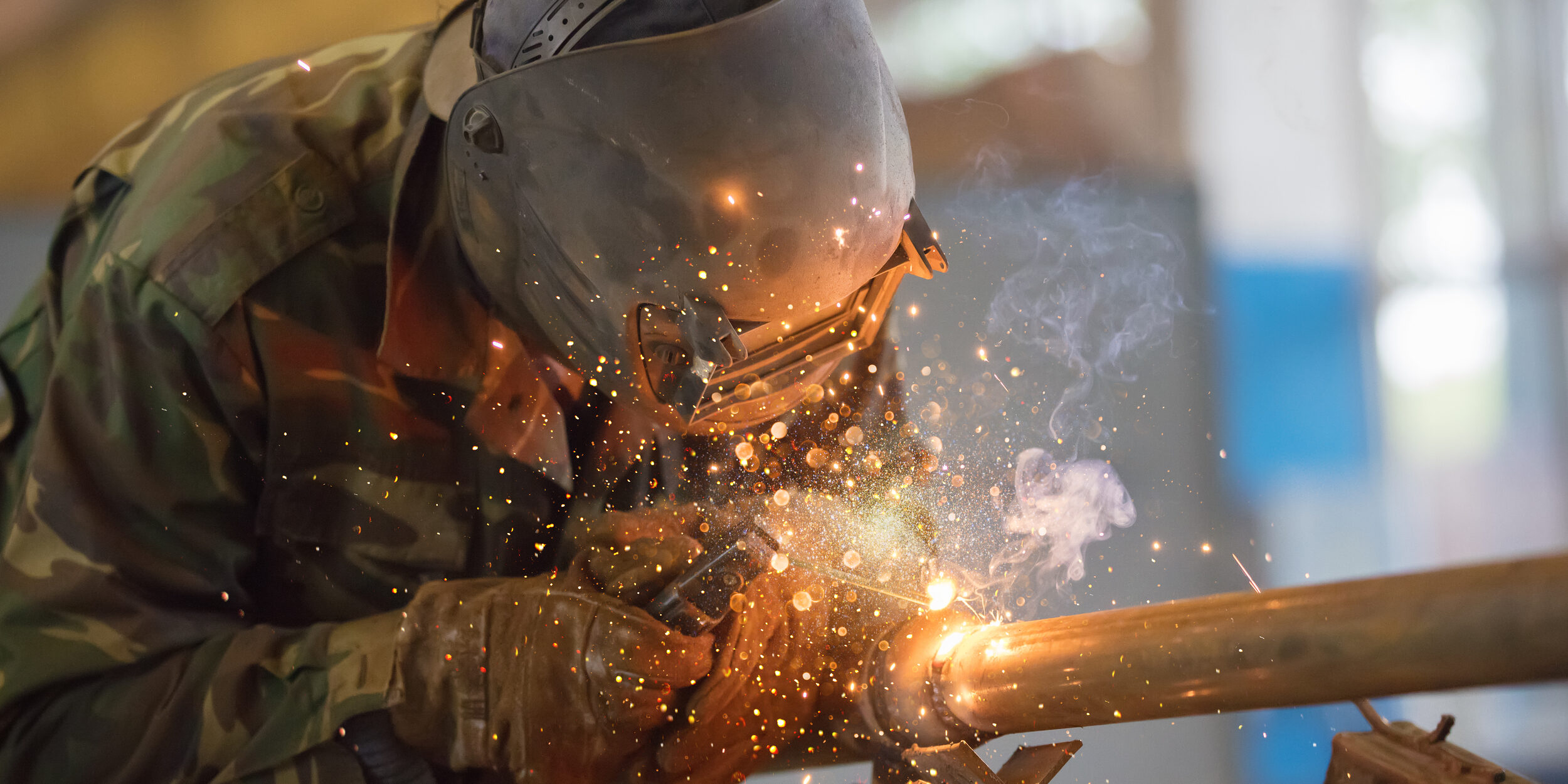Welding: where defence begins
In the complex ecosystem of the defense industry, welding represents an invisible but absolutely essential discipline. From large naval platforms to high-tech artillery systems, welded metal joints ensure structural integrity, operational safety and durability in extreme conditions. In this article we explore the real-world applications of welding in military equipment, and how tools such as Seabery Welding Simulator are revolutionizing training in this strategic field.
Welding as the foundation of the defence industry
Most defense systems – land, naval or airborne – are built on welded metal structures. Their strength must overcome critical demands such as extreme vibrations, ballistic impacts or deep underwater pressures. Each weld must meet rigorous standards such as those established by the American Welding Society (AWS) or ISO 3834, which regulate process quality and personnel training.
Welding in warship fabrication
Frigates, destroyers and nuclear submarines rely on thousands of linear meters of structural welding. For example, the construction of a Virginia-class submarine (USA) requires more than 1,500 tons of welded steel distributed in watertight compartments. Every weld bead is vital: a failure could compromise watertightness and the lives of the crew. Naval welding requires surgical precision, especially in joints that withstand immersions of more than 250 meters deep.
Armored and combat vehicles
On armored vehicles such as the Leopard 2 or Abrams M1A2, ballistic steel plates must be welded to tight tolerances to ensure structural continuity and shock absorption. Welding techniques by gas metal arc welding (GMAW) or electric resistance welding are frequently used. A millimeter error could mean vulnerability to enemy fire. Welding is the invisible soul that unites chassis, suspension systems and reactive protections.
Military aircraft and high precision welding
Combat aircraft require precise welding on lightweight materials such as titanium or aluminum alloys. In aircraft such as the F-35 Lightning II, processes such as TIG (Tungsten Inert Gas) are used for low weight and high strength. Nadcap and EASA regulations regulate these operations, requiring continuous training and specific certifications for each type of aircraft.
Missile launchers and artillery systems
Mobile launch systems, as well as automated turrets, incorporate welded structural components that must withstand internal pressures, intense vibrations and repetitive movements. Welding ensures not only the attachment of parts but also the precise alignment of mechanisms, essential for aiming and response time.
Seabery Welding Simulator: Training for military accuracy
Seabery Welding Simulator allows welders to be trained in virtual environments that replicate the conditions required by the defense industry.
Using augmented reality technology, trainees can practice without risk, without material consumption and with full traceability of their progress. This allows training programs to be accelerated, international standards to be maintained and resources to be optimized.
With an aging technical workforce, Seabery’s simulator offers a modern alternative to attract young people to the world of welding. Gamification, immersive environments and the possibility of immediate assessment motivate learners while meeting the demands of the defense industry.
Technology integration for a more efficient defense
The digitization of training allows for better human resource planning, traceability in training and rapid adaptation to new requirements. The use of the Seabery Welding Simulator facilitates scalable, efficient training aligned with the objectives of a modern intelligent defense.
In short, we build national security
Welding is much more than an industrial technique: it is a critical pillar of a country’s security and sovereignty. Its application on ships, tanks, aircraft or military infrastructures is as indispensable as the training of the personnel who perform it. In this context, the Seabery Welding Simulator represents a strategic tool that combines technology, efficiency and pedagogy to prepare the technicians of the future.











